Progress Areas
Enhancing Impact

Goal
Leverage our resources to increase impact
Progress
- Leveraged more than $55 million from public and private sources, including direct co-funding and money raised.
What this means
Leveraging is a strategy across all program areas. Since 2009, more than $708 million has been leveraged.
Leveraging has allowed us to support, sustain, and expand efforts across the State.
Enhancing Impact

Goal
Deploy activist model to achieve broad policy impact
Progress
- Secured universal access to Veterans Treatment Courts (VTCs). A new State law enacted in March means that any justice-involved veteran in New York State who has a mental health and/or substance use disorder has the opportunity to stay out of jail and receive social and other supports that have been shown to lead to more successful life outcomes.
- Testified before New York State and City legislators on various issues, including:
- Increasing food security and food equity in New York State
- Addressing mental health issues during the COVID-19 pandemic.
- Strengthening the New York State Division of Veterans’ Services, the importance of veterans’ treatment courts, and mental health services for veterans in response to COVID-19.
- Understanding the relationship between high health care spending and excessive variation in prices.
What this means
We are a changemaker as well as a grantmaker. Using our reputational and human capital enhances our impact beyond funding.
NYHealth’s involvement with VTCs began more than a decade ago, when we supported the first-in-the-nation VTC in Buffalo. Four years ago, we intensified efforts with many partners to secure statewide universal access. Our campaign included in-house research and publications, coalition-building, public speaking, media outreach, advertising, and advocacy.
The Foundation frequently provided expert testimony to decisionmakers. Actively using our voice informs and influences policy.
Enhancing Impact
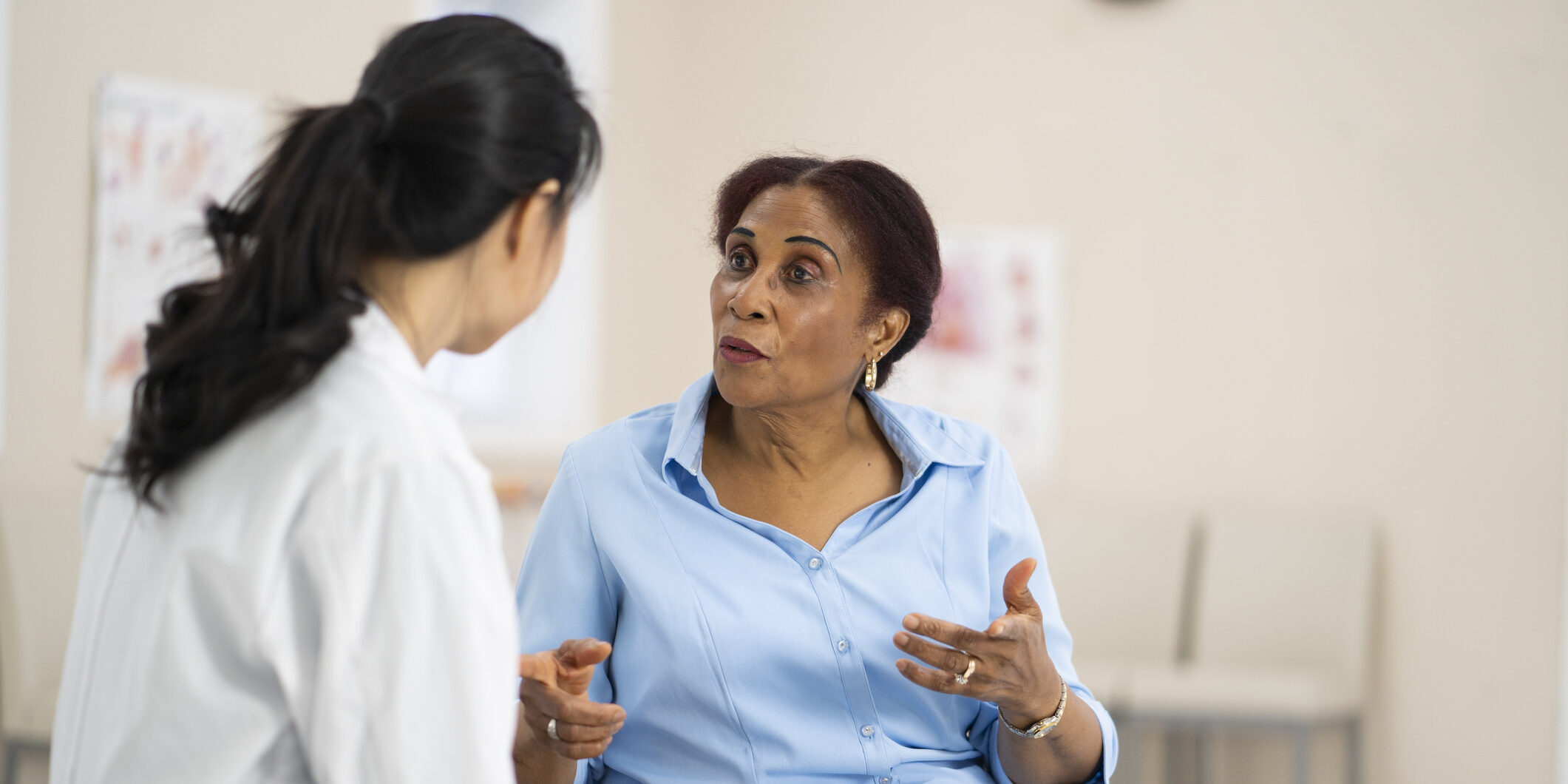
Goal
Advance racial health equity in our external and internal practices.
Progress
- Selected five organizations from across the State for the “Patients as Partners: Advancing Equity” program, a $1 million grantmaking initiative. The cohort will undertake projects giving patients of color a meaningful role in their health care at the individual and system levels. The efforts are focused on high-priority issues ranging from older adults in prison, to maternal and child health, to racial inequities in patient experience.
- All staff participated in ongoing training about implicit bias and bias mitigation.
- A staff-led committee selected and engaged a consultant to assess and improve NYHealth’s racial health equity efforts. The engagement will continue in 2022 with targeted coaching and support at the department level across the organization.
What this means
This was NYHealth’s first grantmaking initiative with an explicit focus on advancing racial health equity. Across our programs, we will continue to identify and pursue opportunities to be more explicit and intentional about racial health equity.
Being more explicit and intentional about advancing racial health equity is necessary and challenging work. Having an external consultant to facilitate difficult conversations helps ensure that progress continues.
Promoting Healthy Food and Healthy Lives

Goal
Test and scale programs that connect people to healthy, affordable, and culturally responsive food
Progress
Launched NYHealth’s Healthy Food, Healthy Lives priority area in 2021. Inaugural year efforts included:
- A Request for Proposals elicited more than 200 applications; 9 diverse projects from across the State are now underway.
- Supporting regional and local healthy food system planning and coordination in the North Country, New York City, Southern Tier, Western New York/Finger Lakes, and Hudson Valley.
- NYHealth and other funders provided private matching funds for the Field and Fork Network to be eligible for federal dollars. USDA and private funds totaling an additional $1.6 million will allow for a large-scale expansion of the Double-Up Food Bucks nutrition incentive program.
- Testing and scaling Food as Medicine programs, including a medically tailored meals programs for veterans with Post Traumatic Stress Disorder and a fruit and vegetable prescription program for children.
What this means
NYHealth spent the first year of this new program area sharpening strategies, developing projects, making connections, and laying the groundwork for future impact. The Foundation will seize the momentum from these early connections and grants made to support a more robust, diverse food system.
Formalizing and coordinating regional food planning efforts will engage public officials, local businesses, and community leaders in advancing policies that result in a sustainable and equitable food system for New York.
In addition to helping low-income families purchase more fruits and vegetables, nutrition incentive programs help regional farmers gain new customers, earn more income, and bring federal dollars into local food economies.
Nutritious food can act as medicine, helping prevent and manage disease. Health systems can play a leading role in facilitating access to healthy food.
Promoting Healthy Food and Healthy Lives

Goal
Enable policies that promote availability and consumption of healthy, affordable, and culturally responsive food
Progress
- A policy priority is to harness the scale and power of institutional food purchasing to make large-scale change. A statewide coalition is educating stakeholders on more flexible food procurement policies so cities and public institutions can participate in the Good Food Purchasing Program.
What this means
New York State and its municipalities serve hundreds of millions of meals annually. Given the massive scale of food purchasing, public institutions play a major role in supporting healthy food access. State policy change can transform institutional food purchasing.
Empowering Health Care Consumers
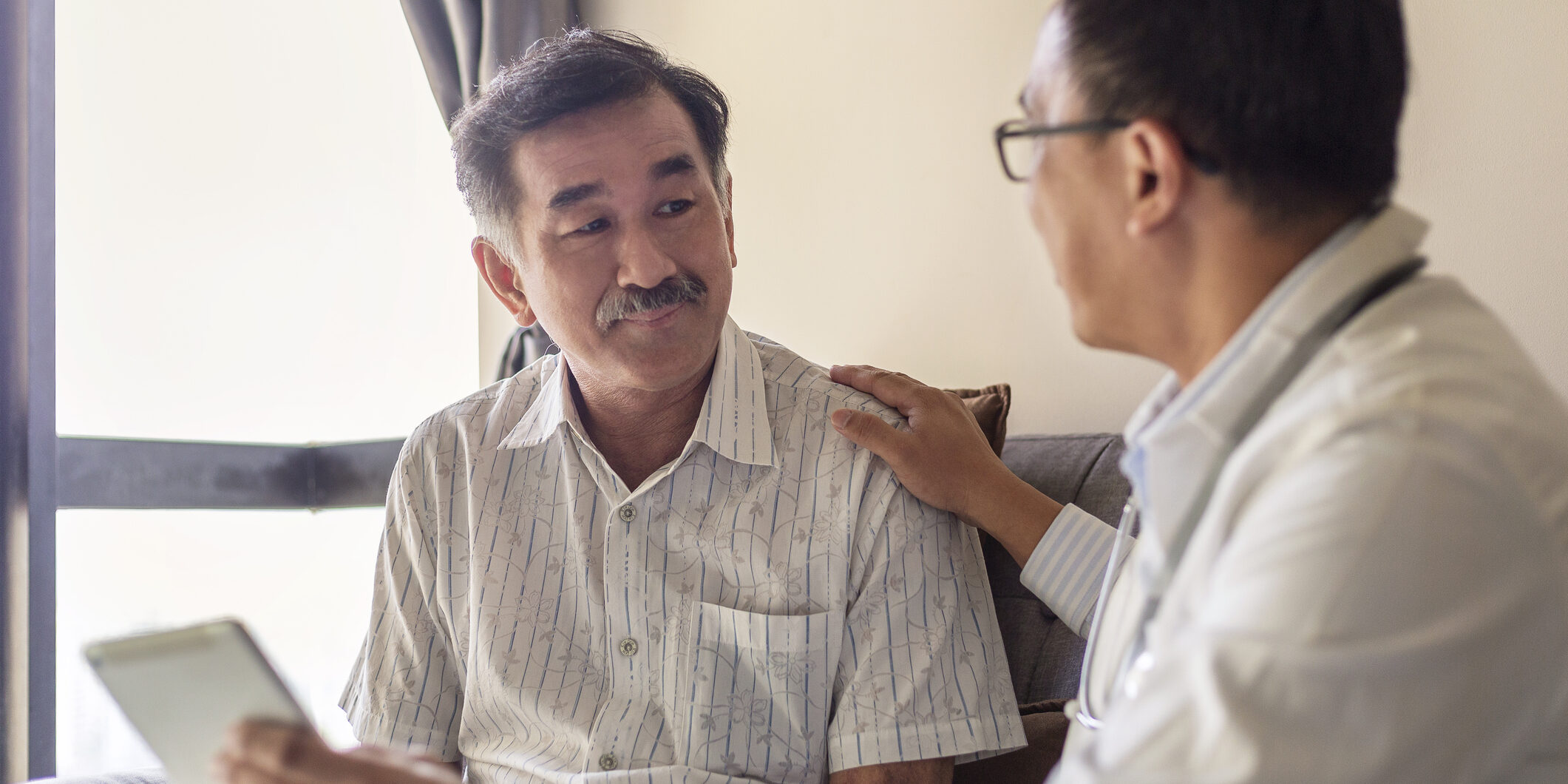
Goal
Ensure greater transparency of and access to price, quality, and patient experience information
Progress
- A cohort of NYHealth-supported organizations implemented OpenNotes in their community health centers to make doctors’ clinic notes accessible and actionable for thousands of New Yorkers.
- Since 2016, we have worked with hospitals to implement OpenNotes. In 2021, NYHealth again invited hospitals throughout the State to apply for funding and technical assistance to implement open notes programs that meaningfully engage patients and families. Although the level of response was less expected, hospitals across the State will begin participating in this program in the first quarter of 2022.
- The 32BJ Health Fund launched its high-value maternity network with five New York City hospitals to empower women to make informed decisions about where to deliver their child, based on the quality and cost. Its related toolkit offers guidance for employers and other health care purchasers to develop similar networks.
What this means
NYHealth has long invested in spreading OpenNotes. The federal 21st Century Cures Act—which requires health care providers to make electronic clinical notes available to patients—is a groundbreaking opportunity to accelerate these efforts, going beyond compliance and sparking a culture change that more meaningfully engages patients.
The unpredictability of the COVID-19 pandemic continues to undermine some of our best-laid plans. We released the Request for Proposals in close consultation with hospital associations and it appeared the timing was right. However, it ended up coinciding with surging case counts and new variants that swamped hospitals and changed priorities.
As purchasers of care, large employers can be leaders in shifting the health care system toward more patient-centered and value-based approaches.
Empowering Health Care Consumers
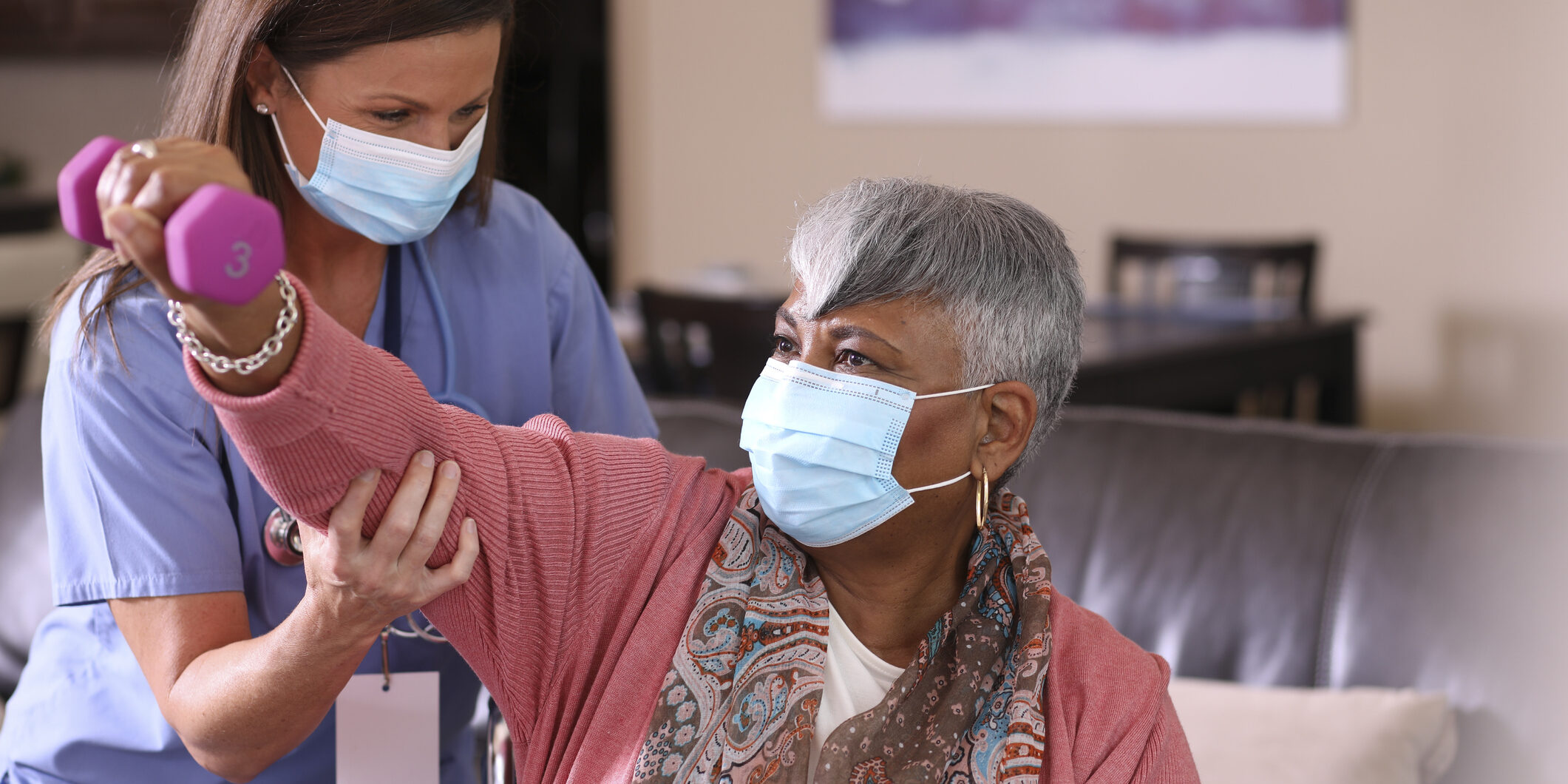
Goal
Ensure that patients are partners in the clinical care delivery experience
Progress
- Launched initiatives to create equitable access to telehealth through the New York Telehealth Capital Program, including access to telehealth services at convenient community locations (e.g., libraries, pharmacies, and homeless shelters), as well as through patient navigation programs at community health centers and public hospital sites.
- Healthcare Association of New York State (HANYS) supported 37 New York health systems to become designated as Age-Friendly Health Systems. Being an Age-Friendly Health System entails reliably providing elements of high-quality care, known as the 4Ms: What Matters, Medication, Mentation and Mobility. The 4Ms model aligns the care plan with the unique goals of adults and their caregivers.
What this means
During the pandemic, telehealth has become a mainstay of the health care system, but rural residents, low-income patients, people of color, older adults, and non-English speakers experience barriers to telehealth. These projects will help ensure that telehealth narrows disparities and that marginalized patients are not left further behind.
Patients with chronic diseases and older adults—as well as their caregivers—can feel overwhelmed, disempowered by the system, and unclear about how to coordinate their care. Patient navigation, engagement and communication strategies like those developed by Age-Friendly Health Systems help patients and caregivers navigate complex systems to access needed care.
Empowering Health Care Consumers

Goal
Ensure that patients are partners in informing care delivery and health policies
Progress
- Some significant federal and State consumer protections were achieved for New Yorkers in 2021, especially related to medical debt, hospital transparency, and surprise health care bills. NYHealth grantees played key roles in strengthening and elevating consumers’ voices and advocating for these protections.
- The New York State Legislature passed a law to reduce the civil court judgment interest rate for past-due medical bills from 9% to 2% and introduced legislation to ban hospitals from garnishing patient wages or placing liens on their homes.
- Governor Hochul signed a new law requiring the integration of health equity assessments into the State’s Certificate of Need process to assess the impact of hospital sales and closures on marginalized groups.
What this means
2021 was a banner year for federal action on hospital transparency and surprise bills, with new consumer protection rules enacted in both of these areas. New York State and NYHealth grantees have been leaders on these issues and our collective efforts helped inform these measures at the federal level.
Consumers need a lasting and meaningful seat at the table. Amplifying and animating consumer voices and engaging patients as partners in decision-making helps inform policy and institutional change. These efforts help New Yorkers drive and inform decisions that affect health care policy, quality, access, equity, and costs in New York State.
Improving Veterans’ Health

Goal
Increase visibility of veterans’ health issues
Progress
- Organized numerous events to share information and lessons about key issues affecting New York veterans’ health, including veteran suicide, the unique needs of women veterans, and military sexual harassment and assault.
- A strong media presence positioned NYHealth as a thought leader and go-to source of expertise on veterans’ health.
- Authored a letter to the editor of The New York Times diversity in the military
- Appeared on television and radio programs to discuss topics including the implications of the State’s budget on veteran services, the impact of the withdrawal of troops from Afghanistan, and creating universal access to Veterans Treatment Courts.
What this means
In addition to grantmaking, NYHealth uses leadership and leverage to advance our work on veterans’ health.
Improving Veterans’ Health

Goal
Increase access to comprehensive community-based services for veterans and their families
Progress
- Increased veterans’ access to mental health and social supports in communities throughout New York State. We supported efforts in New York City, Rochester, and Western New York to provide community-based mental health and peer support, behavioral health screenings, and social service referrals to veterans at high risk of suicide.
- Partnered with New York State Division of Veterans’ Services, New York City Department of Veterans’ Services, and community-based organizations to deliver hundreds of thousands of meals to veterans facing food insecurity in the North Country and the Bronx. This effort built upon New York State’s existing meal distribution for veterans through the HelloFresh meal kit company and other healthy food donations.
What this means
After the violent and chaotic U.S. from Afghanistan withdrawal in 2021, 90% of Afghanistan war veterans with a history of mental illness experienced new or worsening mental health symptoms, including depression and thoughts of suicide. NYHealth responded to the growing need for peer support and community-based mental health services for veterans.
Partnerships and leverage are key to our work in this area. Coordinating our efforts enabled NYHealth’s complementary efforts to prevent hunger among more veterans in targeted regions.
Special Projects Fund
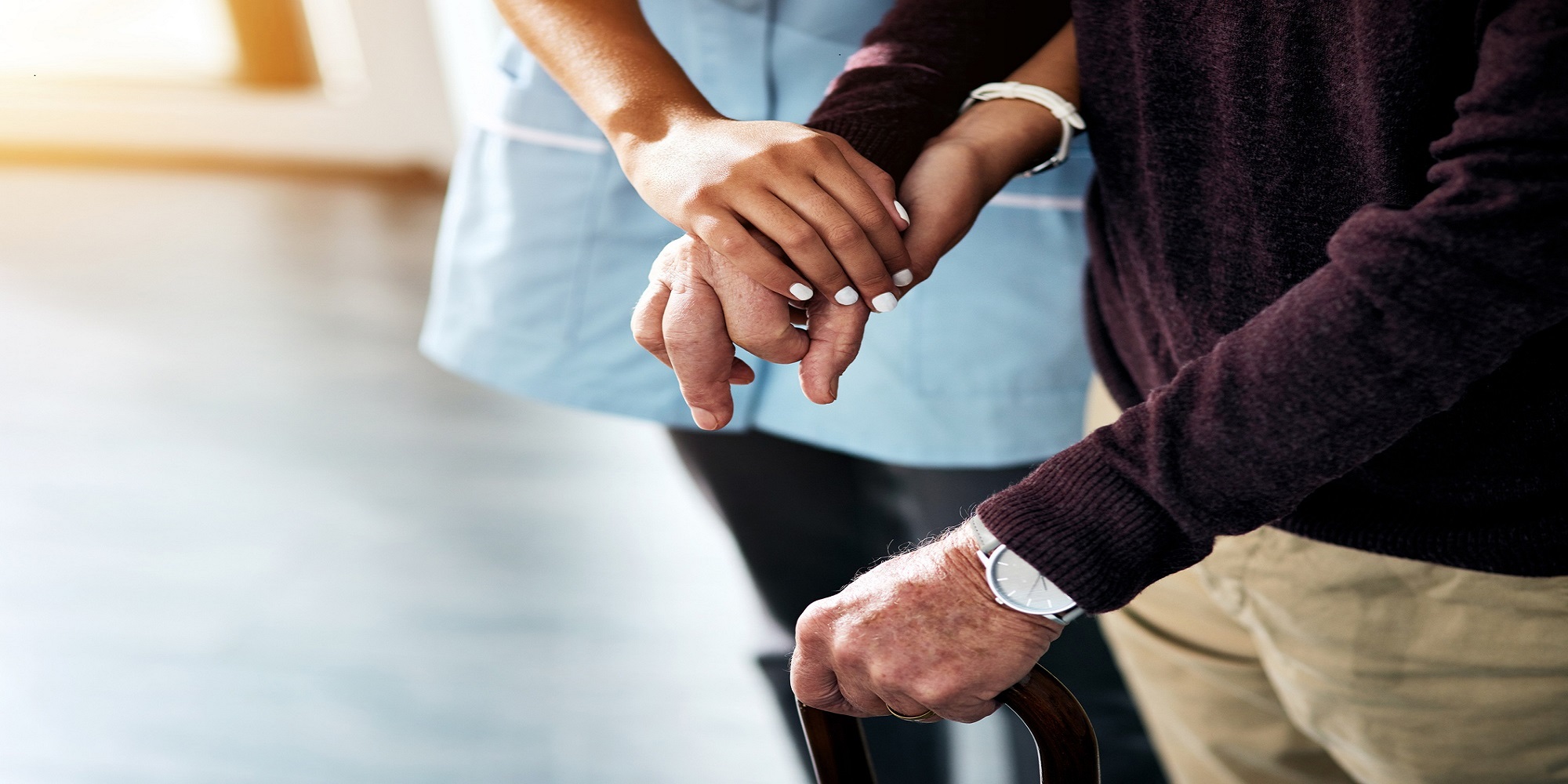
Goal
Supporting new endeavors and organizations
Progress
- We issued one round of funding through a Special Projects Fund (SPF) Request for Proposals and received 238 letters of inquiry. Nearly half were from new applicants not previously funded by NYHealth.
- SPF grants addressed a variety of topics, including strategies to address physician shortages in New York’s rural regions, to provide medical respite for New Yorkers who are experiencing homelessness, and to design and advocate for a high-quality guardianship system.
What this means
The Special Projects Fund continues to keep the door open to work with a wider variety of grantees. Doing so expands our audience and maintains a culture of openness to new players and ideas.
Special Projects Fund
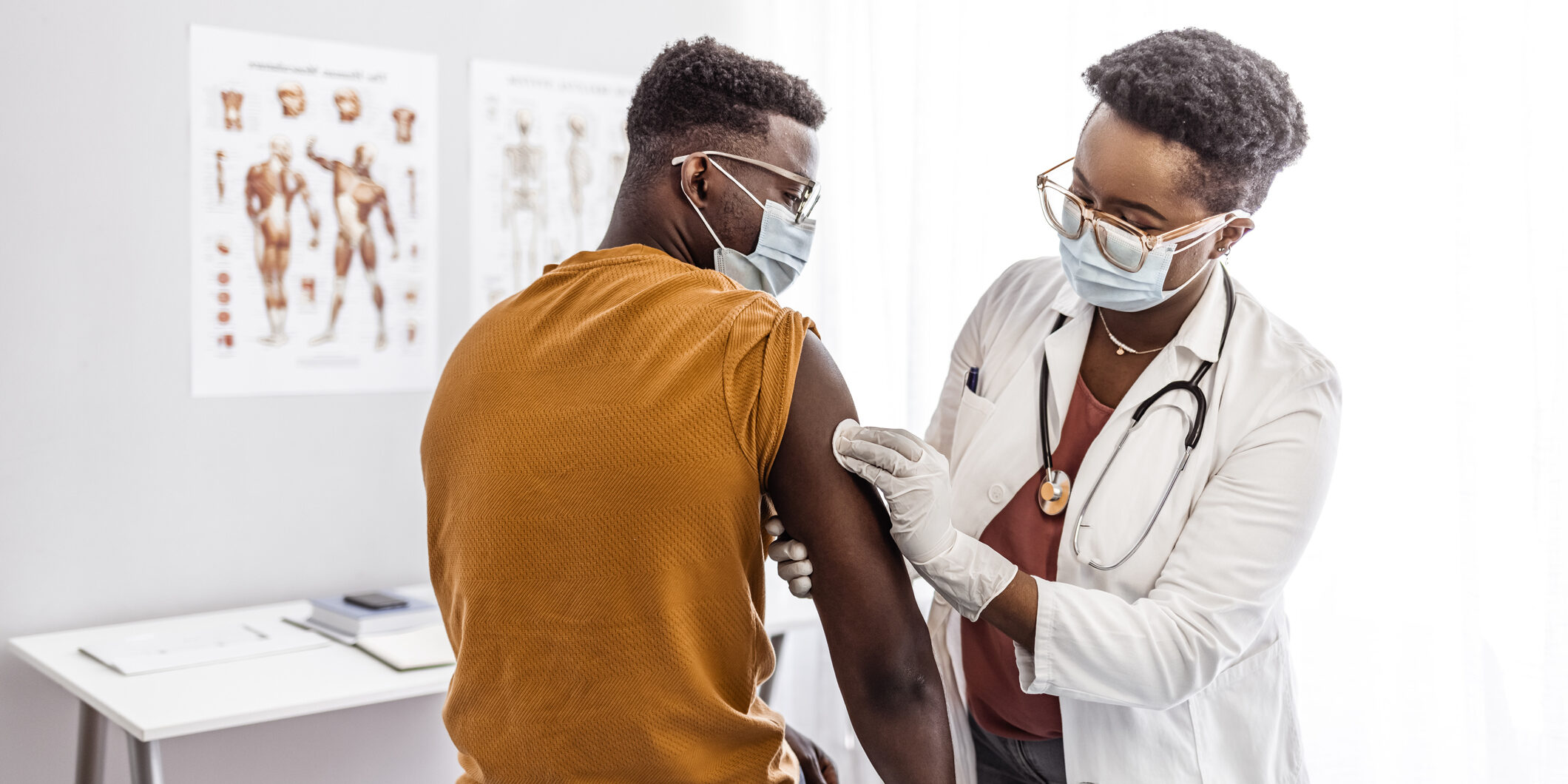
Goal
Being responsive to emerging trends
Progress
- Provided NYHealth grantees with technical assistance to support COVID-19 recovery and acclimation to a post-pandemic landscape.
- Addressed emerging and ongoing needs created by the pandemic, including through grants to treat trauma caused by anti-Asian hate crimes and support frontline behavioral health workers who face burnout.
- Supported a suite of programs specifically to increase COVID-19 vaccination rates by: Mitigating the impact of misinformation and hesitancy; improving access to vaccines; and addressing health outcomes and disparities within New York City’s Black communities.
What this means
The program balances our strategic grantmaking directed at specific priorities with grantmaking that is responsive to time-sensitive and emerging issues.
Policy and Research

Goal
Conceive and generate original research informing New York health policy issues
Progress
- Produced analyses on pressing issues, including:
- A series of briefs on the extent of food insecurity and mental health issues experienced by New Yorkers throughout the pandemic.
- The wide variation in prices for childbirth services within the same geographic areas of the New York City region.
- The characteristics and health needs of veterans in New York.
- Trends in pediatric vaccinations.
- Updated a tracking tool of proposals to reduce the number of uninsured New Yorkers.
- Published blog posts on ensuring all new moms have access to health insurance throughout the postpartum period and how philanthropic organizations can complement State and local public health efforts, using flu and COVID vaccination efforts as an example.
What this means
These analyses complement our external grantmaking activities and support the Foundation’s agenda to inform health policy issues facing New Yorkers.
The range of topics allows us to enhance the work of our grant-making as well as to provide input on issues outside of our current program priority areas.
The development and dissemination of our original research has allowed us to create further connections with policymakers, journalists, and other key stakeholders, as well as direct collaborations with relevant policy and content experts.
Communicating Effectively

Goal
Increase the visibility, credibility, and influence of the Foundation and our grantees
Progress
Publishing
- Published 12 reports, in addition to 21 grant outcome reports.
- Published 17 op-eds, letters to the editor, and other commentaries.
Traditional Media
- Received 103 media hits.
Convening
- Held 31 online convenings on topics including food access, opportunities for sharing patient visit notes, veteran suicide, and the needs of refugees resettling in New York State. More than 1,100 people attended these events, with an average of 125 registrants at each session.
E-mail/Social Media
- Maintained more than 14,000 contacts on our e-mail lists.
- Averaged 22% open rate and 12% click-through rate for e-mail blasts (industry standard is 27% open rate and 5% click-through rate).
- Nearly 7,000 Twitter followers.
Website
- Continued to refine the website to support publications that are less text-heavy, more digestible, and more shareable and interactive.
What this means
A robust communications program shapes the visibility, reputation, influence, and impact of the Foundation and the work supported through our grantmaking.
The media landscape continues to be challenging, with newsrooms stretched and attention spans limited, particularly amid the ongoing COVID-19 pandemic.
Aiming to be adaptable and flexible, we expanded our online programming in 2021.
We will need to develop creative ways to attract and engage visitors to the website; our current outreach and advertising strategies are not sufficient to sustain and grow our traffic.
Investing & Operating Effectively

Goal
Strong endowment/investment performance
Progress
- As of December 31, 2021, the 3-year compound annual return on endowment investments was 15.8%, net of fees.
- Investment performance relative to peers for the 3-year period ending September 30, 2021 (latest comparison available) ranked in 35th percentile.
- Maintained return of 7.5% since inception (July 2006).
- When compared with the benchmark of 5% plus CPI (Consumer Price Index) since inception; NYHealth was 0.3% above the benchmark.
1 Peer data is based on a survey conducted by Cambridge Associates; “Peers” are defined as foundations with less than $500 million in assets. There are currently 60 foundations contributing such data.
What this means
The value of our endowment in 2006 was $265 million. Since then, investment return has been in top quartile of its peer group, allowing the Foundation to spend $236.5 million on grants and operations.
Relative performance has been weaker since NYHealth adopted a lower-risk portfolio in 2019.
The Foundation is monitoring signs of continued volatility in investment markets.
Investing & Operating Effectively

Goal
Strong internal management and customer service
Progress
- For 2020, NYHealth was certified with another clean audit.
- The average rating by grantees of NYHealth staff members responsiveness was of 6.1 (out of a 7-point scale), placing NYHealth highly relative to peer foundations.2
- In 2020, all grantees received their initial payment within an average of 11 days of receiving an award notice.
2 Based on the 2019 Center for Effective Philanthropy Grantee Perception Survey.
What this means
Receiving a clean audit each year reflects our commitment to operational efficiency and transparency.
Our goal is to continue to improve upon our customer service to grantees.
Providing timely funding is especially important for smaller organizations working on time-sensitive issues. In response to the COVID-19 pandemic, we also streamlined grant-making for emergency response grants to help meet human needs quickly and efficiently.


